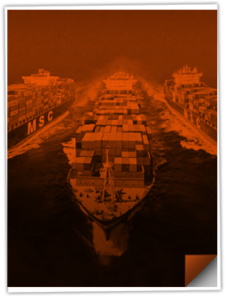Foreign Trade Zones (FTZ): A Complete Guide
A Foreign Trade Zone (FTZ) is a designated areas within the United States allowing companies to store and process goods within a controlled environment. Goods enter the FTZ without duties or quotas applied and can be stored, inspected, assembled, or processed within the zone. When goods leave the FTZ for U.S. consumption, duties and taxes are assessed, whereas re-exported goods never incur U.S. duties.
Benefits of FTZs
They allow for duty deferral, meaning customs duties and taxes are not due until goods leave the FTZ for U.S. consumption. Additionally, FTZs offer duty elimination on goods that are re-exported, reducing overall tax liability. Manufacturers can benefit from inverted tariff advantages, where the finished product may have a lower tariff rate than the raw materials used in production. Beyond cost savings, FTZs enhance supply chain flexibility, allowing companies to store, process, and assemble goods before final distribution. This results in improved cash flow, as businesses can delay duty payments, freeing up capital for other operational needs.
Types of FTZs
FTZs operate under the oversight of U.S. Customs and Border Protection (CBP) within a 60-mile radius of a U.S. Port of Entry and are classified into two types:
- General-Purpose Zones (GPZs): Publicly accessible zones used by multiple companies for storage, distribution, and trade operations. These operate as public utilities.
- Subzones (aka usage-driven sites): Special-purpose zones designated for individual companies engaged in manufacturing or large-scale warehousing. The companies are responsible for all costs associated with the zone.
To establish an FTZ operation, companies must apply through the Foreign Trade Zones Board, detailing their intended activities and compliance measures. Once approved, businesses must follow strict CBP regulations to maintain FTZ status. Contact us to get started.



